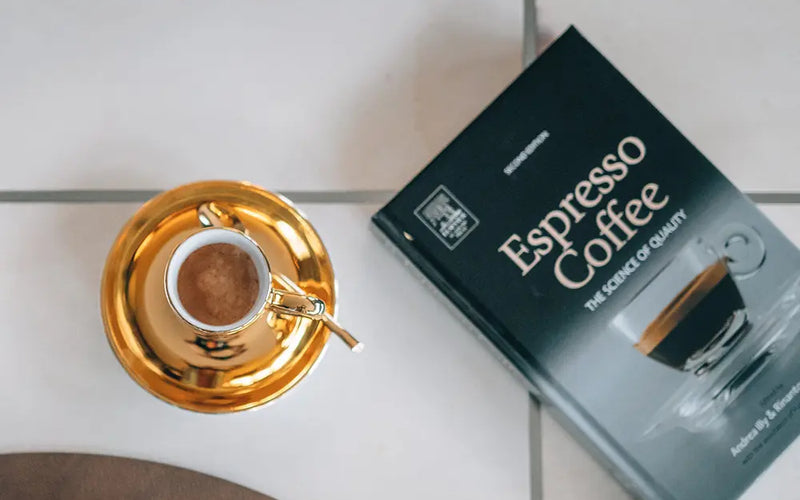As a discerning coffee drinker, you’ve probably begun to explore the varied characteristics of different coffees in a quest to find a few ultimate favourites. Those most delicious cups of coffee will have the perfect balance of bitterness, sweetness and acidity. We want you to know that roasting is just as important as the quality of beans in determining that ideal flavour profile. Expert roasting – namely achieving the perfect roast level for a particular bean – is necessary to make specialty beans taste their absolute best. We pay great attention to the roast level for our specialty beans, and when choosing between a light vs dark roast, we always favour a medium roast to enhance their natural sweetness.
In contrast, improper roasting brings out the unpleasant bitterness of beans, and can ruin even the best of beans. Mass market roasters offering cheap commodity coffee don’t adjust their roasting techniques to bring out the best in their beans. They often use a roast that is too dark. Doing so throws off the balance between bitter, sweet and acidic notes. It also affects a coffee’s complexity, aroma and body.
Dark roast coffee is certainly popular, mainly because it’s so widely available and it’s what most coffee drinkers are used to. However, we suggest you think twice about choosing it. There are two key reasons to skip dark roast. Firstly, dark roast coffee loses complexity in flavour and aroma, and has a poor balance between bitter, sweet and acidic notes. Secondly, roasters often use dark roast to disguise defects in coffee beans. Both these factors make dark roast coffee an inferior choice for anyone who hopes to avoid bitter coffee.
UNDERSTANDING DARK ROAST
Roasters start with green coffee beans, which have already gone through numerous stages of processing to get them ready for roasting. The process is quite straightforward – green coffee beans are tumbled over high heat in a roasting machine until they turn brown. Lighter roasts undergo a shorter roasting time and lower temperature, while dark roasts use a higher temperature and longer roasting time. Note that roasting is a relatively quick process, typically taking just 10 to 16 minutes, so every minute counts.
Roasting alters the taste, aroma and appearance of coffee beans. The beans lose water, which decreases their density and weight. Caramelisation breaks down their starches into simple sugars and turns the green coffee beans brown.
LIGHT VS DARK ROAST COFFEE
The flavour differences between light-, medium- and dark-roast coffee beans are profound. Sugar levels drop as a roast progresses, so light roasts contain considerably more sugar than dark roasts. However, caramelisation doesn’t take place until the medium-roast level, which means sweet flavours peak with a medium roast. Acidity, responsible for a coffee’s perceived brightness and crisp notes, also diminishes as a roast progresses, as does complexity. Meanwhile, bitterness increases with a longer roasting time.
We find that medium roasts offer peak sweetness in an ideal balance with pleasant bitterness and acidity. A medium roast also retains the nuances that make specialty coffee generally superior to standard and lower-quality coffees. You can really taste the differences between, for example, a Jamaican Blue Mountain coffee and a Hawaiian Kona coffee when they are roasted to a medium level. Subject even the best coffees to a dark roast and they become somewhat dull. The bitter-leaning flavours from the roasting process become more prominent than the unique flavours of the beans.
THE DARK SIDE OF DARK ROAST
An additional reason to avoid dark roast coffee, which we have discussed before is that some roasters use a dark roast to hide visible defects in beans. Broken, split, unripe or otherwise damaged beans that occasionally end up in a lot of green coffee beans should be removed because they taste terrible and ruin the whole lot. However, some roasters leave them in the batch to save time and money. They subject them to a dark enough roast to visibly conceal those defects. As a result, the bad beans taste even worse and make the whole lot of dark roast beans taste bitter and terrible.
For coffee connoisseurs, one of the easiest ways to avoid unpleasantly bitter coffee is to skip dark roasts altogether. And of course, always choose specialty coffee over commodity beans. From wild luwak kopi coffee compatible with Nespresso to ground beans from the Kona belt in Hawaii, there is a plethora of options for coffee connoisseurs to explore.






